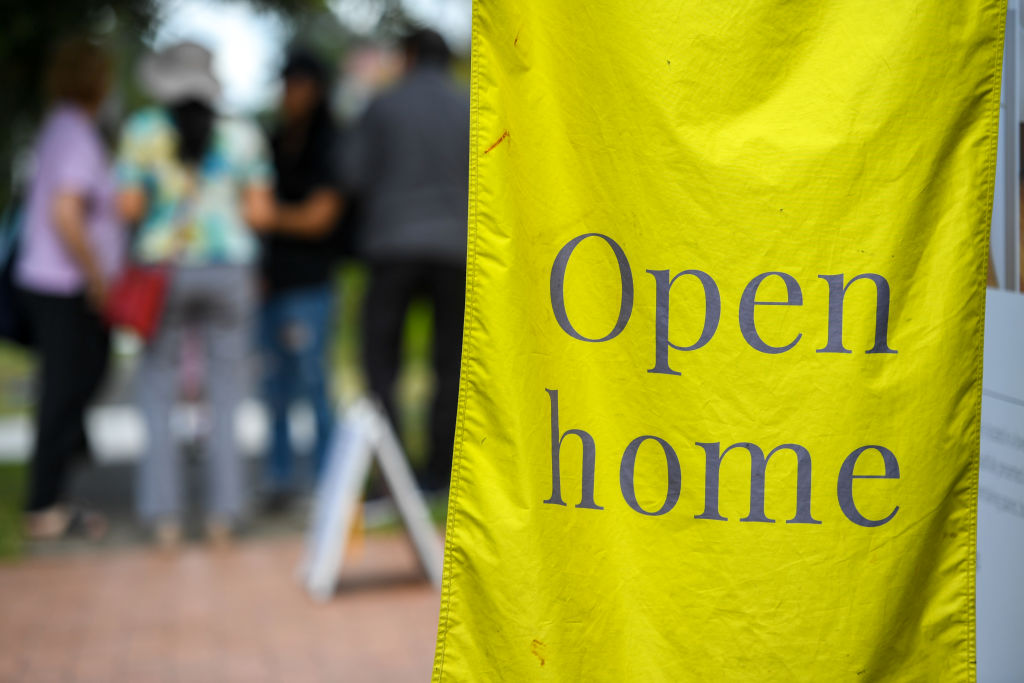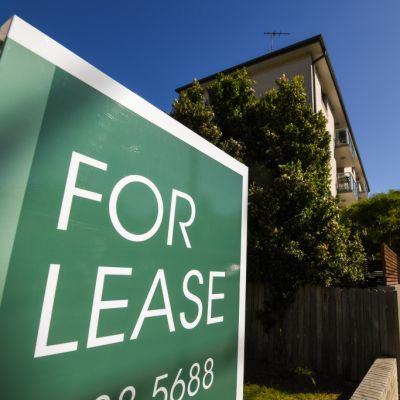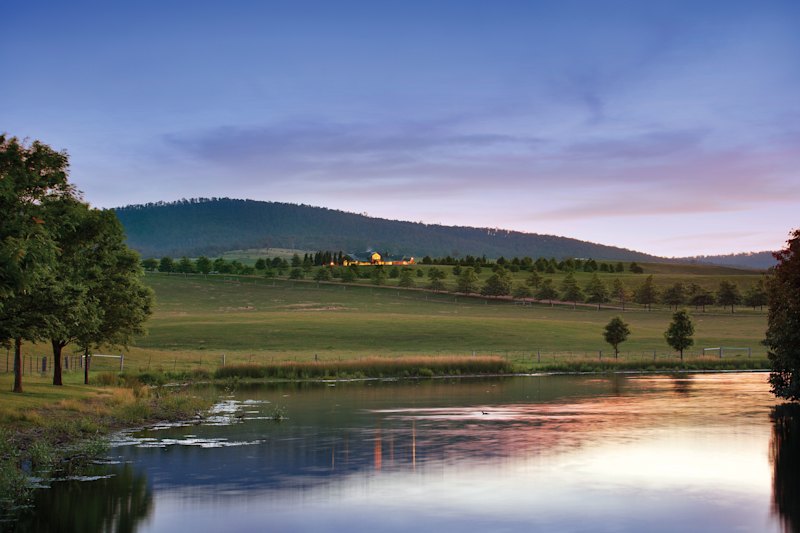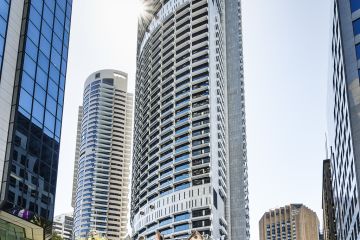Rental vacancy rates fall again in October as economic and health conditions improve: Domain data

The improving economic and health outlook has prompted a rush of tenants to lease vacant rental properties, new data shows, as east coast states emerge from lockdown with high vaccination rates and more certainty.
Rents will likely continue to rise and vacancy rates will fall further once international borders reopen but the rental market will not see the same boom as the sales market due to the glut of apartments, agents said.
Rental vacancy rates continued to fall in October, with substantial drops in the post-lockdown cities of Sydney (2.2 per cent, down from 2.5 per cent in September), Melbourne (3.1 per cent, down from 3.5 per cent) and Canberra (0.8 per cent, down from 1 per cent), the latest Domain figures show.
The COVID-zero capitals have largely had tight rental markets since the pandemic hit, and it became even harder over the month to find a rental in Brisbane (1.2 per cent vacancy, down from 1.3 per cent) and Perth (0.5 per cent, down from 0.6 per cent).
The other capitals remained steady with Darwin at 0.6 per cent, Adelaide at 0.5 per cent and Hobart at 0.4 per cent.
| Oct-21 | Sep-21 | Oct-20 | MoM ∆ | YoY ∆ | |
| Sydney | 2.2% | 2.5% | 3.1% | ↓ | ↓ |
| Melbourne | 3.1% | 3.5% | 4.5% | ↓ | ↓ |
| Brisbane | 1.2% | 1.3% | 1.8% | ↓ | ↓ |
| Perth | 0.5% | 0.6% | 0.7% | ↓ | ↓ |
| Adelaide | 0.5% | 0.5% | 0.7% | – | ↓ |
| Hobart | 0.4% | 0.4% | 0.5% | – | ↓ |
| ACT | 0.8% | 1.0% | 0.9% | ↓ | ↓ |
| Darwin | 0.6% | 0.6% | 0.6% | – | – |
Ray White chief executive of property management Emily Sim said improving rental markets coincided with coming out of lockdown.
“We’re just seeing the last of those decisions before we come back to work and resume our new normal next year. We have a bit of clarity by the end of 2021, which was unclear by the end of 2020,” Ms Sim said.
“We’re just seeing the final wash-through of people who are saying, ‘What’s our final lifestyle mix? Are we going to commute? Are we going to work from home?’
“I do think we’re going to see a further tightening of the market; I do expect demand to go up when we have the re-opening of the borders,” she said, adding that she was already fielding inquiries from the expat community in Britain, Germany and Switzerland.
With inner-city and apartment-dominated markets recording higher vacancy rates, including inner Sydney (3.2 per cent), Parramatta (3.2 per cent) and Ku-ring-gai (3.1 per cent), Ms Sim said lifestyle and housing rental markets were experiencing better recoveries.
The Northern Beaches rentals have gone strength to strength in the past 18 months, consistently topping the list for rental increases, and with citywide asking rents for houses hitting a new record.
The same pattern was playing out in Melbourne, where vacancy rates in inner-city, apartment-heavy markets lagged behind the rest of the city. The Melbourne CBD is still at an elevated 5.8 per cent vacancy, although down from 14.4 per cent a year ago. The geographical region of Stonnington East had the highest vacancy rate at 6.2 per cent.
This type of area would continue to weigh on the the rental market’s recovery, preventing a “snapback”, according to Mike McCarthy, executive director of Barry Plant.
“We’ll see gradual improvement more than a boom. We’ll see that rental demand increase. I just don’t know if it’ll get back to any record lows that we’ve seen,” he said.
The city’s high vaccination rates and the end of the world’s longest lockdown had given tenants more confidence now than a year ago, Mr McCarthy said.
“That general sense of confidence means they’re rolling their leases over. It will drive some of those people who are not wanting to stay at home to rent again,” he said.
“The other thing with all of this, too, is we’re seeing such a shortage of labour in so many areas we’re starting to see some real pressure on wages … and that’s leading people to say, ‘Not only will I get a job, I’ll have more money too.”
That is yet to be seen as Melbourne’s median asking rent price held at $430 a week – while every other city saw rents grow – becoming the cheapest Australian capital city in which to rent a house
The rental market in Perth has seen a rebound of sorts as well thanks to the combination of a positive flow of interstate migration and homeowners stuck in leases due to the blowout in construction times, according to Damian Collins, president of the Real Estate Institute of Western Australia.
“We’re certainly in a significant shortage of rental stock and that’s a real challenge,” he said, adding that the city only recorded its peak vacancy rate of 7.3 per cent in 2017.
“A lot of tenants who have bought properties to build are still sitting in their rentals. We’re expecting 8000 to 10,000 to move out of their rentals so that will free up stock, but that will be drip fed in the next 18 months.”
But even once international borders open, the rental market may not ease, Mr Collins said, as investors have not rushed back into the market at high enough levels and building had not kept pace with demand.
That meant rents were bound to increase until the vacancy rate rises again, which will take a while with reopening of borders only adding to demand, he said.
“We are the cheapest place to rent relative to our income. While it’s painful for some tenants, most are able to deal with the rental increase.”
We recommend
We thought you might like
States
Capital Cities
Capital Cities - Rentals
Popular Areas
Allhomes
More









